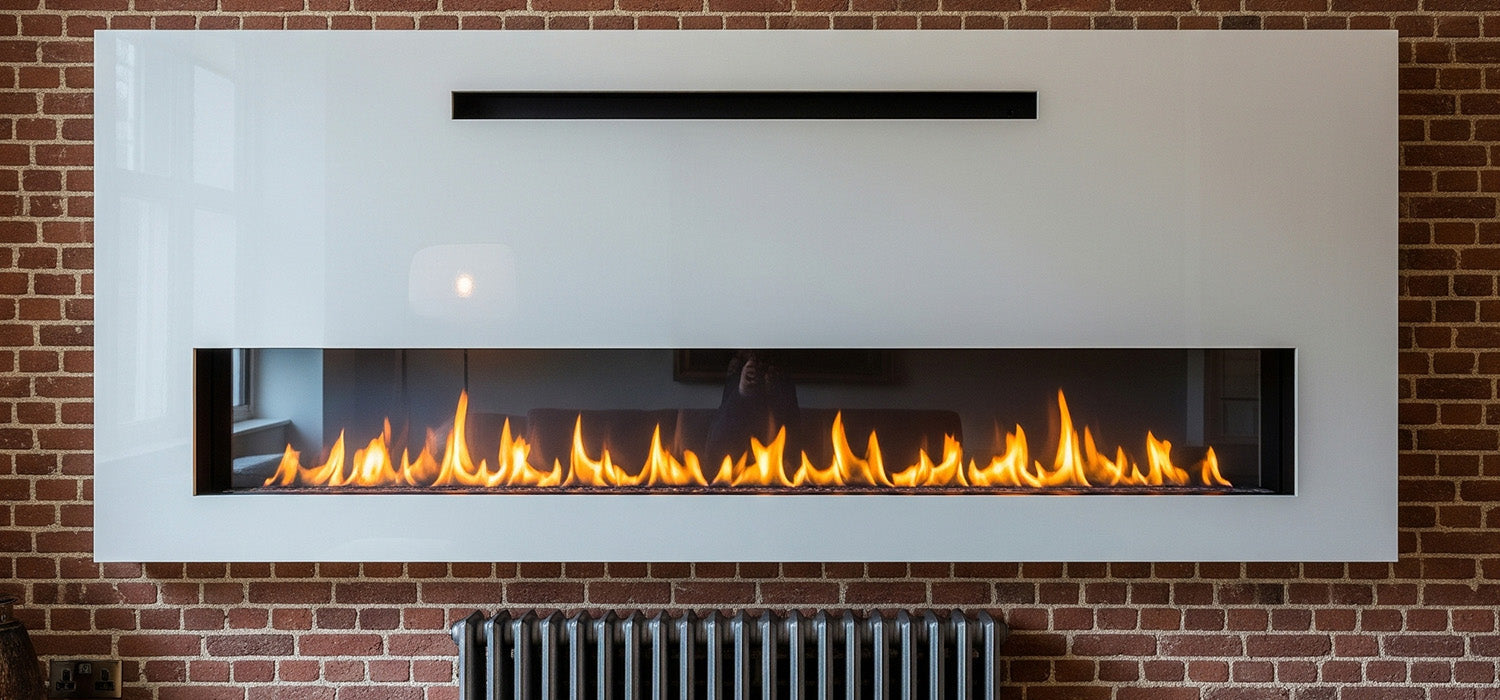
What Are the Disadvantages of Media Walls? A Cautionary Guide
Media walls may look like the future—but behind the glow lies a Media Wall Fire of costs, glitches, and eye strain. Short answer? They’re pricey, high-maintenance, and tricky to fit or power. Curious if it’s worth the hassle? Keep reading before your living room becomes a digital drama.
Cost Considerations
Let’s start with the elephant in the room—the cost. Media walls don’t come cheap. The sleek look may feel minimalist, but building one is anything but minimal.
You’ll need materials like timber, MDF or plasterboard, plus all the finishing touches—paint, panelling, maybe even faux stone. Add specialist kit like TV mounts, LED lighting strips, and of course, a Media Wall Fire, and suddenly you're knee-deep in receipts.
If you're not a DIY whizz, you’ll also be paying for labour. Carpenters, electricians, decorators—the lot. And let’s not forget the sneaky extras: new tools, delivery charges, or having to move a plug socket that’s suddenly in the wrong place.
Space and Flexibility Limitations
Once you install a media wall, you’re married to it. It becomes the room’s focal point—whether you like it or not six months later.
Trying to rearrange furniture? Forget it. The telly’s fixed to the wall, and the fire’s boxed in. Smaller rooms especially can feel tighter, with less room for shelves, artwork, or even airflow.
Open-plan living areas also suffer. That carefully curated “flow” can be broken by a bulky box built around a TV. And if you want to change your TV size or upgrade your setup down the line, you might find it’s not just a plug-and-play situation—it’s a sledgehammer-and-sawdust job.
Installation Challenges and Skill Requirements
Unless you're a builder, a spark, and a decorator rolled into one, installing a media wall isn’t exactly a weekend project.
Precise measurements, carpentry skills, cable management—it all takes time, and one small error can throw everything off. Cut an opening too small for your TV? You’re either buying a smaller telly or starting again with new plasterboard.
DIY attempts often lead to uneven surfaces, exposed seams, or gaps that you can’t unsee. Worst-case scenario? You mount a heavy TV to a wall that’s not reinforced properly—and down it comes.
You’ll also need to consider wiring, especially if you’re integrating lighting or a media wall fire. One wrong move with electricals can be costly, or dangerous.
Maintenance and Access Issues
Media walls aren’t just tricky to install—they can be awkward to maintain.
Let’s say your HDMI cable fails or your Sky box needs replacing. If you’ve boxed everything in without access panels, you’re dismantling your wall just to plug something in.
Dust is another issue. All those ledges and alcoves might look sleek now, but give it a few weeks and they’ll be a haven for cobwebs and fluff. And when cleaning around the built-in fireplace or large screen, you’ll need a soft touch—not a feather duster frenzy.
Potential Impact on Property Value
Here’s something not everyone thinks about: resale appeal.
What looks like a luxury feature today could date quickly. That high-gloss grey panelling or backlit feature wall might not suit the next buyer’s taste—or their furniture.
Media walls are also a pain to remove. If a buyer doesn’t want one, you’re stuck either leaving it (and potentially putting them off), or paying to rip it out and repair the wall behind.
Put simply, it’s a bold design choice. And like any bold choice, it’s not everyone’s cup of tea.
Considerations Specific to Integrated Fires
A media wall with a built-in fire? Lovely. But it does add complexity.
First, there’s heat management. Electronics and heat aren’t the best of mates. If your TV or gaming console sits too close to the fire, it could shorten their lifespan—or worse.
Then there’s safety. Fires must be installed correctly, with proper ventilation and spacing. An electric or bioethanol fire inside an enclosed space needs clearances and careful planning. Skip this step and you’re risking more than aesthetics.
Plus, fires also need maintenance. Dusty vents, worn parts, or inconsistent flames are all possible if they’re not installed or maintained properly.
Final Thoughts: Is It Worth It?
There’s no denying media walls look impressive. They transform a living space into a mini cinema, they hide cables, and when done right, they’re sleek and seamless.
But there’s a long list of things to weigh up: high initial cost, limited flexibility, ongoing upkeep, and potential resale issues. Not to mention the faff if your tech breaks or you want to upgrade anything.
If you’re still keen, the best advice is simple: plan thoroughly, budget properly, and hire the right professionals. A media wall can absolutely elevate your space—but only if it’s done with care, precision, and long-term thinking.
Otherwise, that glowing rectangle in your lounge might become more trouble than it’s worth.
Other content we think you'll love
- Can I Build a Media Wall Myself? A DIY Guide for UK Homes
- How to Build a Stylish Media Wall with TV & Fireplace
- Can You Build a Media Wall Over a Radiator? A Stylish Guide
- Can You Build a Media Wall on Carpet? Tips for a Stable Setup
- Can You Build a Media Wall Around a Fireplace? A Cosy & Stylish Upgrade
- How to Build a Media Wall on a Chimney Breast (UK Guide)
- Can You Build a Media Wall in a Council House? A Practical Guide
- The Ultimate Guide to Buying a Pre-Made Media Wall in the UK
- How to Attach Plasterboard to a Media Wall: A Step-by-Step Guide
- How Deep Should Your Media Wall Be? A Guide to Perfect Fit & Function
- Are Media Wall Fires Safe? What Every UK Homeowner Should Know
- Can You Build a Media Wall Without Plastering?
- How is a Media Wall Built? A Step-by-Step DIY Guide
- MDF vs Plasterboard for Media Walls: Which Should You Choose?
- What is a Media Wall? The Ultimate Living Room Glow-Up

